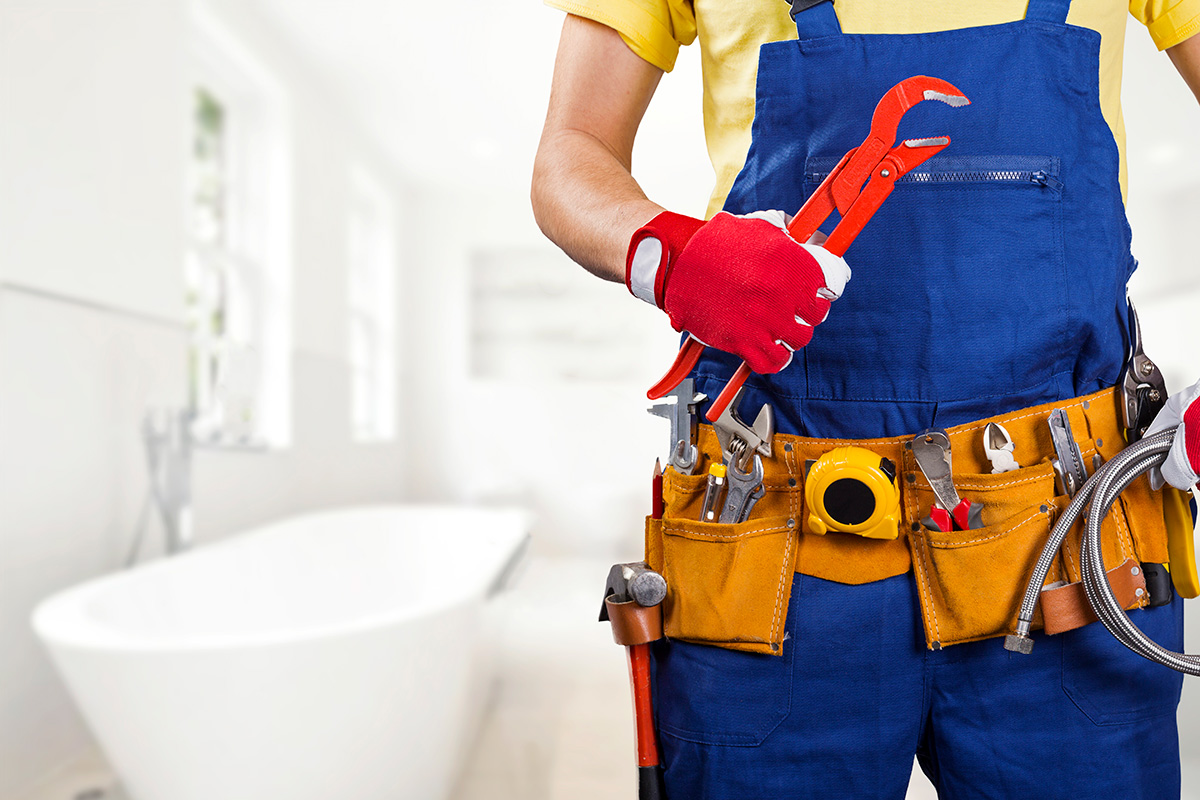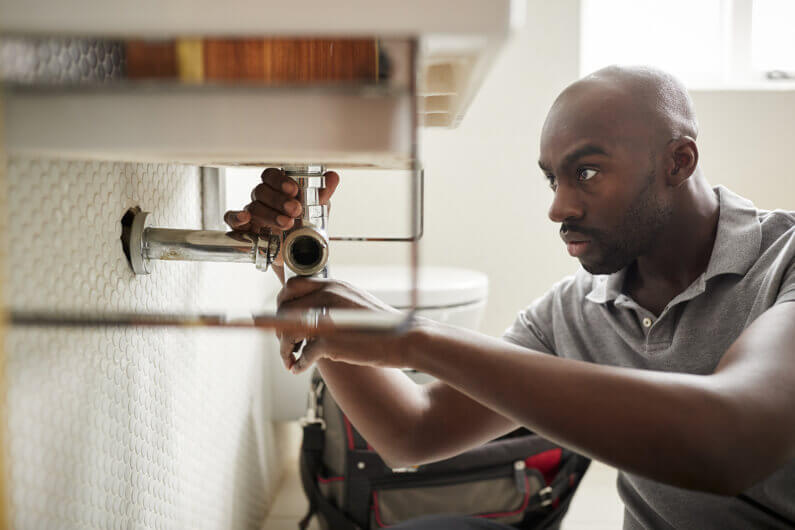Rapid and Efficient Drain Cleaning Alabaster AL Services Available
Rapid and Efficient Drain Cleaning Alabaster AL Services Available
Blog Article
A Step-by-Step Overview to Effective Water Heating System Setup for Optimal Efficiency
Getting started on the job of installing a water heating unit is an endeavor that requires precision and an organized technique for accomplishing ideal efficiency. As you proceed, the complexities of linking water supply lines and establishing up reputable electric or gas connections wait for, encouraging insights into ensuring efficiency and dependability.
Selecting the Right Water Heating Unit

Following, consider the dimension and ability of the hot water heater. It's crucial to analyze your house's hot water demands, which can differ based on the number of passengers and their use patterns. A system that's too tiny may cause not enough warm water, while an extra-large design might lead to unnecessary energy consumption.
Effectiveness ratings additionally play an essential role in option. Search for hot water heater with high Energy Factor (EF) rankings, suggesting exceptional efficiency and reduced power usage. Tankless models, though generally much more costly upfront, deal substantial energy financial savings over time due to their on-demand home heating abilities.
Preparing the Installment Location
Prior to mounting a new water heating unit, careful preparation of the installment location is essential. It's essential to gauge the space thoroughly to fit the water heating system's measurements, ensuring ample clearance around the device for reliable operation and maintenance.
Examine the floor for stability, as the water heating system will certainly need a strong, degree surface area to operate efficiently. If needed, mount a drip frying pan beneath the device to catch potential leaks or spills, preventing water damage to the surrounding area.
In addition, ensure that all essential tools and materials are on hand prior to beginning the installment. This includes things such as wrenches, screwdrivers, a level, and any extra equipment required for protecting the heating system and mounting. A well-prepared installment area sets the foundation for a successful hot water heater setup, enhancing efficiency and security.
Connecting Water System Lines
When connecting water supply lines to your recently installed hot water heater, it is critical to ensure that all connections are leak-free and safe and secure to keep reliable operation and stop water damages. Begin by recognizing the cold and hot water supply lines. The cool water inlet is usually noted with a blue tag or a "C", while the warm water electrical outlet is marked with a red label or an "H".
Usage versatile hot water heater adapters to facilitate a much easier setup procedure. These adapters can soak up vibration and enable slight movement, reducing the risk of leaks. Prior to connecting the connectors, put a plumbing professional's tape around the threaded ends of the water heating system's inlet and electrical outlet pipelines - Plumber Alabaster AL. This tape serves as a sealer, protecting against leaks. Very carefully connect the versatile hoses to the corresponding inlet and electrical outlet, guaranteeing that they are limited but not over-tightened, which can damage the strings.
As soon as connections remain in location, gradually activate the her explanation main water system valve. Inspect each connection for leaks by aesthetically feeling and checking for wetness. Tighten links as essential, and ensure the pressure alleviation valve is appropriately installed, protecting versus extreme pressure accumulation.
Setting Up Electric or Gas Connections
Appropriately setting up the electrical or gas links for your water heating unit is an essential step to make certain efficient and risk-free procedure. For electrical water heaters, start by validating that the electric circuit is compatible with the heating unit's voltage and amperage requirements.
For gas water heaters, safety is vital. Verify that the gas supply is off before proceeding. Attach the More Bonuses gas line to the water heating system making use of an adaptable gas adapter, ensuring it is properly threaded and secured with pipeline joint substance or Teflon tape ideal for gas links. Tighten the connections with a wrench, making sure not to over-tighten (Plumbing Alabaster AL).
As soon as links are made, inspect for any potential leaks. For gas lines, use a soapy water service to the joints; bubbles suggest a leak. For electric links, double-check that all electrical wiring is safe and correctly insulated, preserving conformity with local electric codes.
Examining and Readjusting for Effectiveness
With the electric and gas connections firmly in position, the next step is reviewing the functional effectiveness of your hot water heater. Begin by very carefully activating the supply of water and guaranteeing there are look at this website no leakages at any one of the shutoffs or joints. When verified, proceed to fill the storage tank, taking notice of the stress and temperature setups. It is advisable to establish the thermostat to a suggested temperature of around 120 ° F(49 ° C) to stabilize power performance and convenience.
Next, perform a comprehensive assessment to guarantee the burner or gas heaters are working correctly. For electrical heating systems, use a multimeter to verify if the components are attracting the appropriate existing. In gas models, observe the burner flame; it needs to be blue and constant, showing reliable combustion.
Change the settings as essential to get rid of inefficiencies. Think about carrying out insulation procedures, such as including a hot water heater covering, to further improve efficiency by minimizing heat loss. Furthermore, examine the anode rod's problem, as a tatty rod can reduce performance and cause container corrosion.
Final Thought
Effective water heating unit setup is essential for making sure optimum performance and power cost savings. Securely linking water supply lines and carefully setting up electric or gas connections lessen prospective concerns.

Properly establishing up the electric or gas connections for your water heating system is a vital step to ensure secure and reliable operation. For electrical water heating systems, start by verifying that the electric circuit is suitable with the heating system's voltage and amperage demands. Connect the gas line to the water heating unit using a versatile gas connector, ensuring it is properly threaded and secured with pipeline joint compound or Teflon tape suitable for gas links.
Report this page